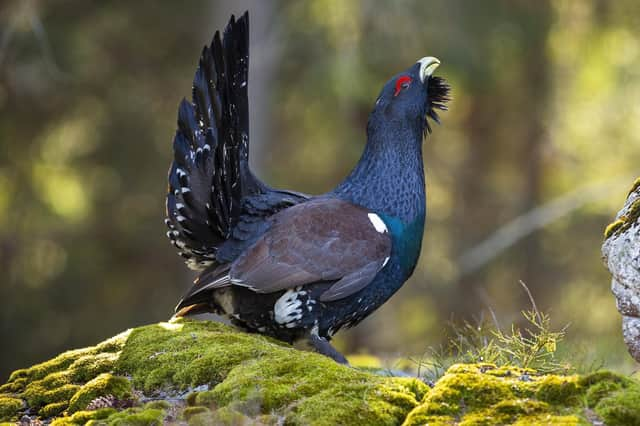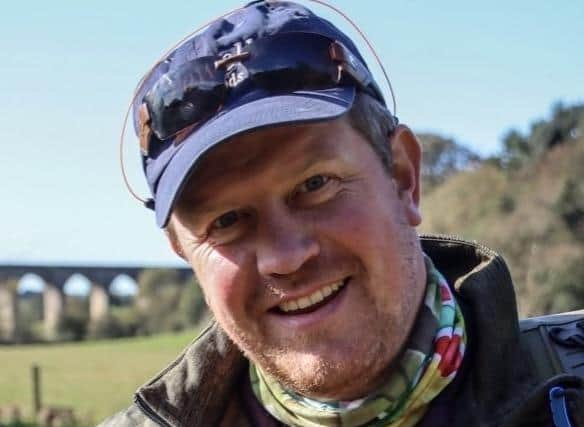Scotland has failed the capercaille - Rory Kennedy


Mired by ideological rifts, the conservation sector has failed in its approach and our capercaillie are predicted to be extinct within our lifetime, illustrated by the recent total loss of our western population. The saddest fact is that this local extinction was within the Loch Lomond National Park yet received no media interest or public outcry. Saving the remaining eastern population was the reason for NatureScot’s Scientific Advisory Committee’s independent scientists evaluating the existing body of research, establishing the key drivers for population decline and recommending necessary actions. This was published in February and established the three key issues as predation, human disturbance of nest sites and collisions with unmarked deer fences
There remain knowledge gaps and the evidence regarding human disturbance is contradictory. However, the message from the report’s chair is that any gaps must not stand in the way of addressing the primary drivers we do understand and can control, notably deer fencing and reducing predation pressure on breeding hens and young capercaillie. However, the report suggests that in addition to reducing the number of predators, providing predators with alternative food may be one potential answer. This method could see deer remains left out during the brood season to provide predators with a convenient alternative food source. This technique is not a new idea but the most high-profile diversionary feeding study to date, by GWCT, showed little improvement in wider brood success when trialled with other species. Such an approach remains somewhat speculative and, until proven, risks providing an all too convenient ‘out’.
Advertisement
Hide AdAdvertisement
Hide AdThe report highlighted a need to deploy predator control across the entire capercaillie range – crows, pine marten and foxes. Problematically, the primary predator threat comes from legally protected pine marten and the current suggestion is for trap and translocation. This is time intensive and its efficacy questionable, but it is politically palatable. Meanwhile the report also acknowledges issues with the significant rise in badgers within the range. These are also protected and while current predation impact is low, it may present a long-term headache for NatureScot.


Predator control is emotive, resource intensive and requires the expertise of skilled gamekeepers but if conservation organisations and policy makers continue to fail to act they must be made to answer publicly.
One thing is clear, productivity of capercaillie is key to their future. If capercaillie can’t successfully rear young in an area due to predation, then it becomes a population sink and is causing more harm than good. By sharing comparative data, management practices can evolve and adapt. GWCT has developed proven brood count techniques using trained pointing dogs but it is all too easy to dodge this important monitoring. Without it, it is impossible to know whether we are succeeding. This brood focused approach should be a driver for NatureScot and Cairngorms National Park if they are actually serious about this ‘action now’ adaptive management approach.
We acknowledge NatureScot’s bold and creative approach in commissioning this review, but we now need to ‘walk the walk’. The key message from the report’s authors is that action now, based on the existing science, is far more commendable than the perfect solution in 20 or 30 years’ time, the current predicted extinction point for the UK capercaillie.
Unbeknown to the public, Scotland’s western capercaillie population has already been lost and our iconic Scottish wildcat is now considered ‘functionally extinct’. Is this what success looks like for public conservation policy? This report is a major step forward in averting another national travesty, but there has been denial in some quarters over this level of necessary action for too long. We have dodged the inconvenient truths. If we want to save our capercaillie it really is now a case of act now or never.
Rory Kennedy, Director Scotland, Game & Wildlife Conservation Trust
Comments
Want to join the conversation? Please or to comment on this article.